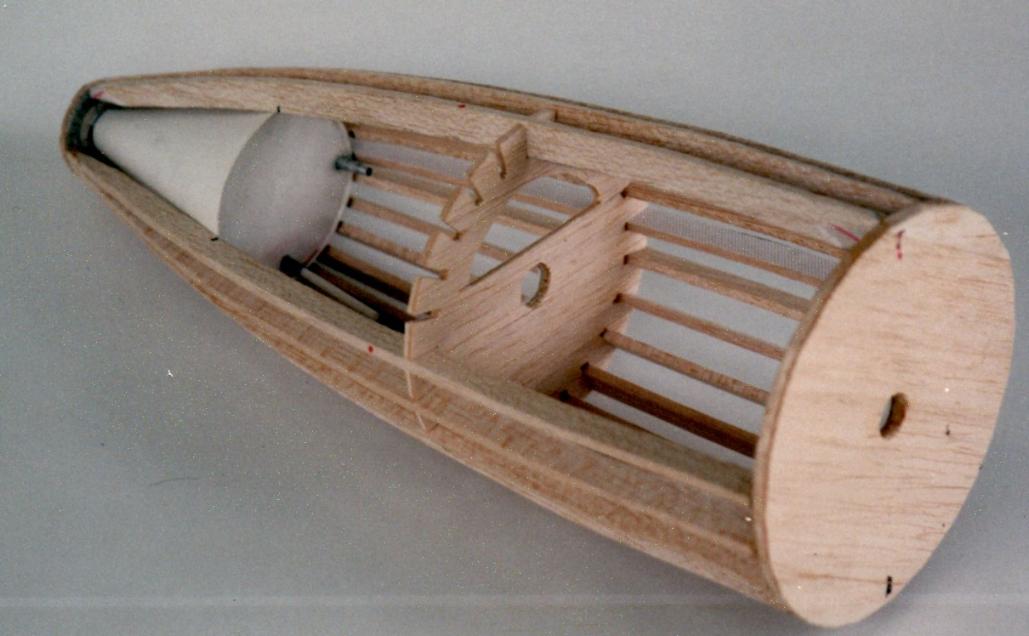Andrew_ASC
UTC SEDS 2017 3rd/ SEDS 2018 1st
- Joined
- Sep 22, 2017
- Messages
- 3,883
- Reaction score
- 542

Hobbyking duscontinued the komer version, but have a japanrse cooy here
https://hobbyking.com/en_us/durafly...FSKoK90roe2xeTk8tbLdyQN7HrmWLtvkaApZVEALw_wcB
THAT was what inspired me to use a Water Ballast Tank on my 1997 X-1 model. Same reason, to maintian the proper CG due to propellant mass burnoff in the back. But I used a solid tank (vac-formed plastic cone), and let it drain out due to gravity. I didn't want to deal with a pressure system from a balloon, balloon possibly bursting, and variable amounts of water that could be left in a stretched-out limp balloon. When it launched, it effectively disconnected a plug that had kept the water from leaking out (the same connection was also how the water was loaded, using a squeeze-bulb meant for filling R/C model plane fuel tanks).The video on the above link of the ground take-off is terrific. I believe that this is the same model that is in the RCM (Radio Controller Modeler) magazine for January 1995, Vol. 32, No. 1. The article is by Earl Aune. The author says that there was a 7 oz water balloon (connected by surgical tubing) positioned in the nose and a servo operated shut off valve used to dump ballast on the way up. Thus, with the additional loss 7 oz of propellant consumed on take-off, the plane weighs nearly one pound less during the non-powered glide phase.

THAT was what inspired me to use a Water Ballast Tank on my 1997 X-1 model. Same reason, to maintian the proper CG due to propellant mass burnoff in the back. But I used a solid tank (vac-formed plastic cone), and let it drain out due to gravity. I didn't want to deal with a pressure system from a balloon, balloon possibly bursting, and variable amounts of water that could be left in a stretched-out limp balloon. When it launched, it effectively disconnected a plug that had kept the water from leaking out (the same connection was also how the water was loaded, using a squeeze-bulb meant for filling R/C model plane fuel tanks).
Enter your email address to join: